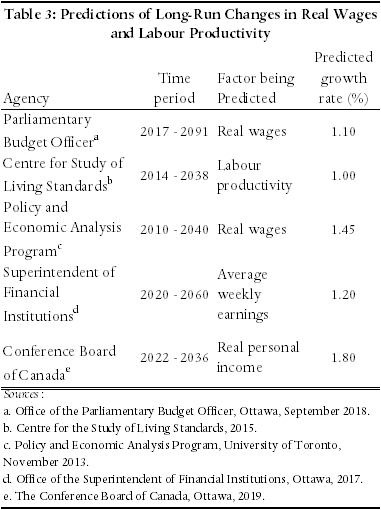In three judgments issued on January 19, 1978 –Teno v. Arnold, Thornton v. School District No. 57, and Andrews v. Grand and Toy – the Supreme Court of Canada set the stage for a change in the role of experts in personal injury cases. The Court’s clear preference for statistical evidence and expert opinion in those cases induced many litigants to employ financial experts, such as economists, accountants, and actuaries, to support their positions concerning loss of earning capacity.
As I had just completed my Ph.D. in Labour Economics (the study of wages and employment), I was attracted by the challenge of contributing to the development of new theories and techniques in this area, at the intersection of law and economics.
Those of us who worked in personal injury litigation – not only judges, lawyers and economists, but also vocational psychologists, cost of care experts, and accountants – will remember the subsequent decade as a period of experimentation, as we all worked to develop new techniques and precedents. In the 1980s, because the principles on which damages were to be calculated had not yet been clearly established, it was common for those of us working in this field to appear in court frequently. By the mid-1990s, however, fewer and fewer cases made it to court as the underlying principles became commonly accepted.
As the case law began to develop, it became apparent that it would be useful to collect the developing economic techniques into one place. For this purpose I wrote The Assessment of Personal Injury Damages. Although the intention behind this book was to provide a guide to those who were not experts in economics, it also had the effect of requiring that I ensure that every aspect of my practice was up to date on the latest legal, statistical, and theoretical work. I am pleased to report that Assessment was well-received by the legal community and that in July 2019, its sixth edition (with two co-authors – Kelly Rathje and Laura Weir) will be published.
By the late 1980s, I realised that if I was to meet the demand for expert opinion, I would have to bring in assistants. Accordingly, in 1988 I formed Economica Ltd. and began to employ individuals with MAs in Economics. I was fortunate, early on, to hire two individuals who still remain with me – Derek Aldridge, in 1995, and Kelly Rathje, in 1999. In 2006 I made another excellent hire, in Laura Weir. All three proved adept at identifying the key issues in the cases presented to them, developing informed opinions about those issues, and in communicating their opinions to our clients.
When I retired from 41 years as a Professor of Economics at the University of Calgary in January 2015, I devoted more time to personal injury work. But after more than thirty years as president of Economica and twenty-five years as editor of the Expert Witness, I have decided to retire from both positions.
Effective August 1, 2019 ownership will be transferred to Derek, Kelly, and Laura who, I am confident, will continue to offer the professional service that has been our trademark.
I have enjoyed my involvement in the personal injury field. The issues have been intellectually challenging and the individuals who work in the field have all acted in a most professional and collegial manner. Thanks to all of you who have entrusted your files to Economica. I will maintain my interest in economics, which has been a lifelong passion, and will continue to follow the personal injury litigation field where I have made so many friends and acquaintances. I wish all of you the very best.


